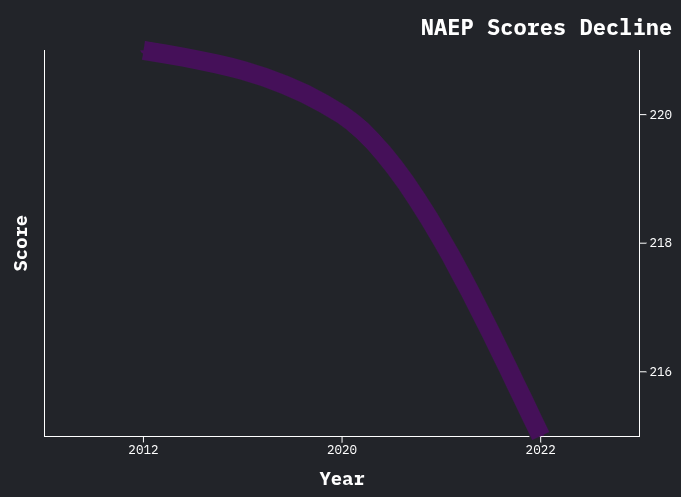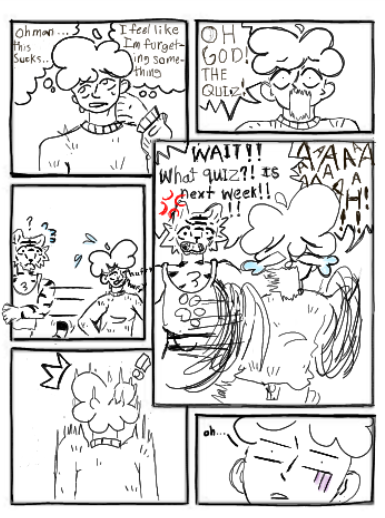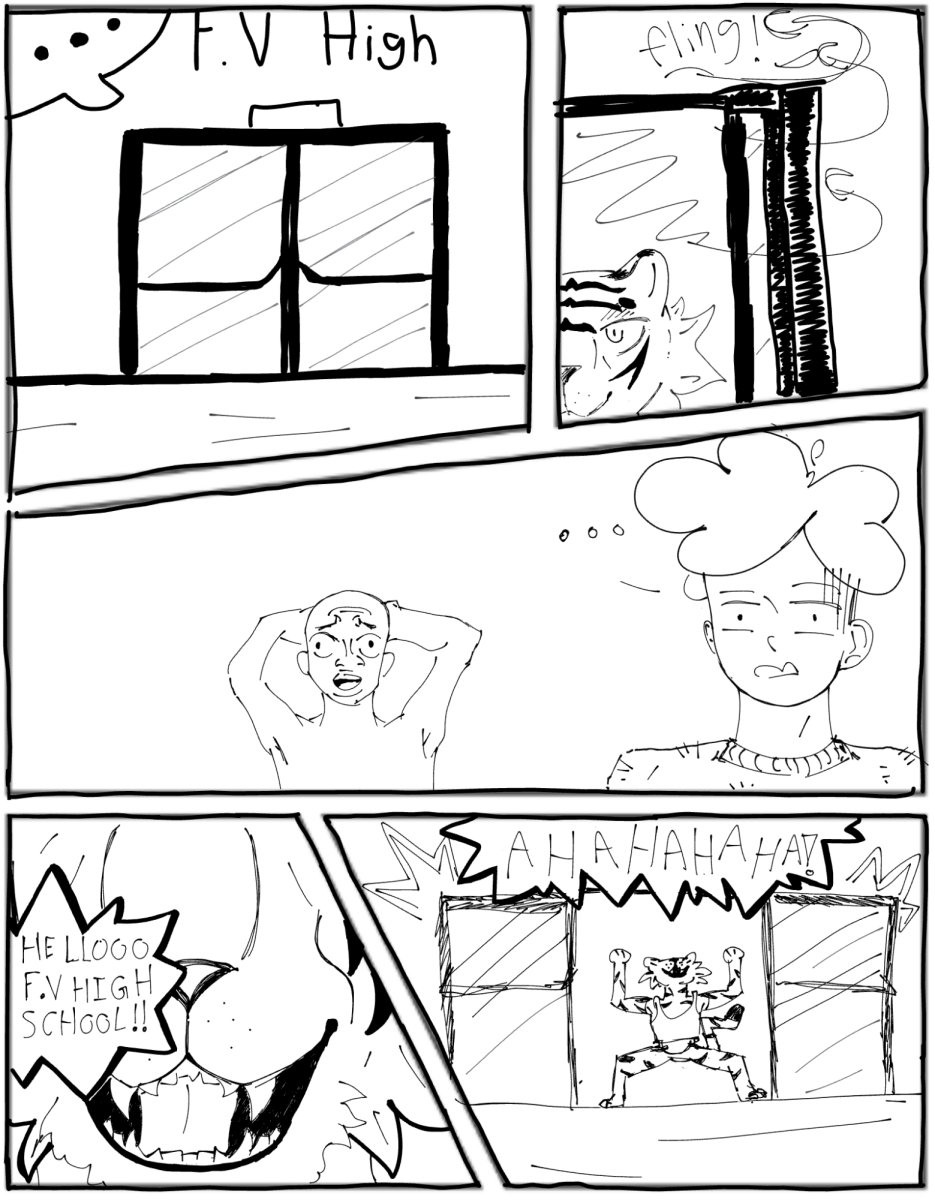Chinese communist party lifts “Zero Covid” policy
Transmission electron microscope image of SARS-CoV-2, which is the virus that causes COVID-19
On Dec. 5, certain parts of the Chinese Communist Party’s (CCP) “Zero Covid,” policy were lifted.
Previously the policy, which had been in effect for three years, called for strict lockdowns by local authorities even if there were only a few cases reported. Mass COVID-19 testing in places where cases were reported was also required. People with Covid had to be isolated at home or in government facilities, and it required businesses and schools to close down in areas where cases were reported. In some cases, authorities required factory workers to sleep at work so they could work through a quarantine.
The changes to the policy include lockdowns being focused on buildings and floors rather than blocks or cities, lockdowns being lifted quicker, schools not being shut down if there’s not a mass outbreak, no longer requiring negative Covid tests to enter public transport or buildings, and restrictions on inter-province travel being lifted.
The policy changes have come amid a great economic downturn in China, which some blame on the country’s “Zero Covid” approach, as it leads to the closure of businesses and loss of jobs. The changes also come following months of civil unrest and demonstrations in China’s cities and campuses.
The first major protest occurred in late September, in the Futian district of Shenzhen, a major tech hub in China. This was following multiple Covid related lockdowns in numerous districts across the city.
The Shenzhen protests were followed by protests and demonstrations in Beijing, Shanghai, and most notably Urumqi, throughout October and November. The protests in Urumqi were of note as they were in direct response to a residential fire that claimed the lives of 10 people. The fire illustrated many of the problems regarding the Zero Covid policy as the building was under lockdown, and therefore the ability of both the residents to flee and firefighters to enter, was hampered.
There was also an incident at the Guangzhou Foxconn iPhone assembly plant, the biggest iPhone assembly plant in the world. An unknown number of the 200,000 workers clashed with authorities amid fears that they would not be allowed to leave, instead being locked on the premises to continue working through infections.
Now, with a struggling economy, still strict policy, rising Covid cases, and an unpopular leader, a return to normalcy and stability seem somewhat uncertain in China’s future.
Your donation will support the student journalists of Fuquay-Varina High School. Your contribution will allow us to purchase equipment and cover our annual website hosting costs.

















































